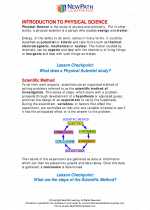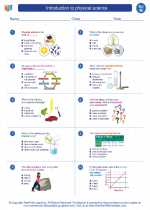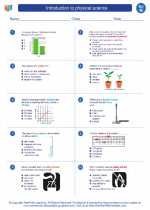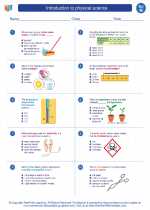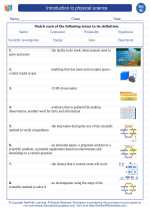Concave Mirrors
A concave mirror is a reflective surface that curves inward, like the inside of a spoon. It's also known as a converging mirror because it can focus light rays to a single point, known as the focal point. Concave mirrors are commonly used in applications such as reflecting telescopes, makeup mirrors, and car headlights.
Key Concepts
- Focal Point: The point at which parallel light rays converge after being reflected by a concave mirror.
- Focal Length: The distance between the focal point and the mirror's surface.
- Principal Axis: The imaginary line that passes through the center of the mirror and the focal point.
- Center of Curvature: The center of the sphere from which the mirror is a part. It is located twice the focal length from the mirror's surface.
- Real Image: An image formed by the actual intersection of light rays. It can be projected onto a screen.
- Virtual Image: An image that appears to be formed by light rays, but does not actually intersect. It cannot be projected onto a screen.
Concave Mirror Equations
The behavior of light rays reflected by concave mirrors can be described using the following equations:
- Mirror Equation: 1/f = 1/do + 1/di
- Magnification Equation: m = -di/do
Types of Images
Depending on the object's location relative to the mirror, different types of images can be formed:
- Real, Inverted Image: Formed when the object is located beyond the focal point. The image is inverted and can be projected onto a screen.
- Virtual, Upright Image: Formed when the object is located between the focal point and the mirror. The image is upright and cannot be projected onto a screen.
- Real, Inverted, Enlarged Image: Formed when the object is located between the focal point and the mirror, beyond the center of curvature.
Study Guide
- What is the focal point of a concave mirror and how is it related to the mirror's curvature?
- Explain the difference between real and virtual images formed by concave mirrors.
- How does the position of an object relative to a concave mirror affect the type and characteristics of the image formed?
- Derive and explain the mirror and magnification equations for concave mirrors.
- Discuss the practical applications of concave mirrors in everyday devices and scientific instruments.
Understanding the properties and behavior of concave mirrors is essential for comprehending the principles of optics and light. Practice solving numerical problems using the mirror equations to reinforce your understanding of the topic.
.